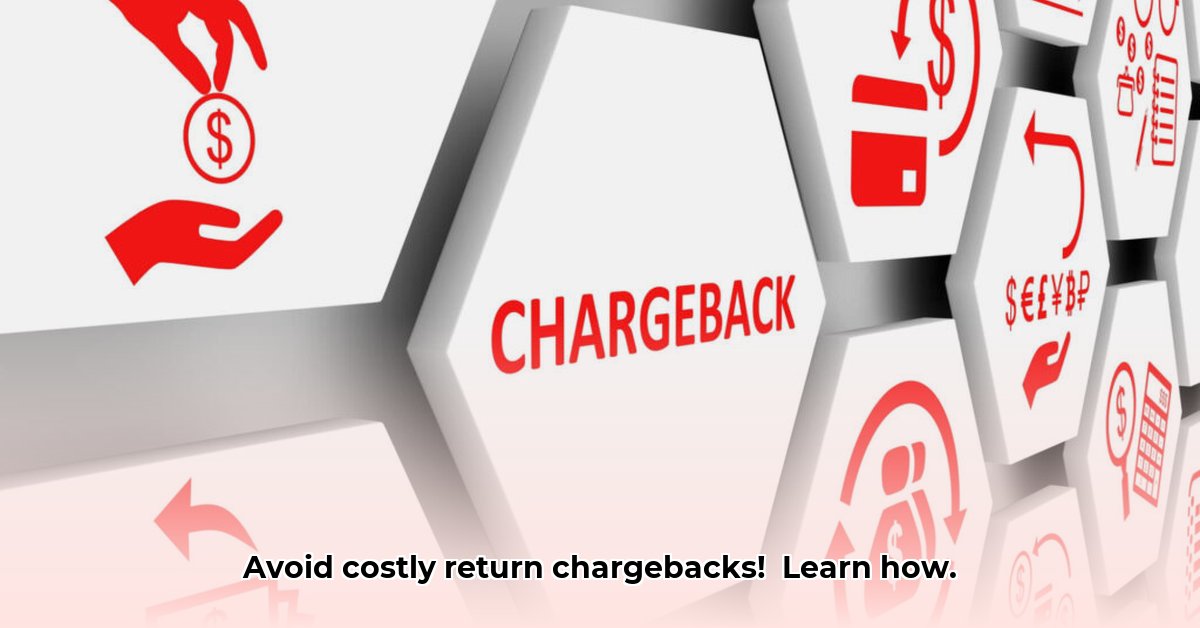
What is a Return Item Chargeback?
A return item chargeback is a fee imposed by your bank when a check you deposited or wrote bounces due to insufficient funds (NSF – Non-Sufficient Funds) in your account. This is distinct from a merchant chargeback, where you dispute a purchase with a vendor. In a return item chargeback, the issue lies with your account's balance, not the transaction itself. It's a penalty for a failed payment, not a disputed purchase.
How Return Item Chargebacks Happen: A Step-by-Step Guide
The process typically unfolds as follows:
- Check Submission: You deposit or write a check.
- Insufficient Funds: Your bank processes the check and discovers insufficient funds to cover the amount.
- Check Return: The check is returned to the original issuer (the person or business you paid).
- Chargeback Fee: Your bank assesses a return item chargeback fee, which varies depending on the bank's policies, typically ranging from a few dollars to over $20.
- Funds Uncredited: The amount of the check isn't credited to your account, and you are left with the chargeback fee. Further, you may face additional overdraft fees if your account balance falls below zero.
Who is Affected by Return Item Chargebacks?
Return item chargebacks impact multiple stakeholders:
- Customers: These individuals incur the direct cost of the fee, leading to negative financial consequences and potential disruption. How frustrating is it to receive an unexpected fee?
- Banks: Banks handle additional administrative work related to returned checks; customer dissatisfaction can also arise.
- Fintech Companies: These companies are developing tools and solutions to help customers prevent NSF situations. They aim to improve banking experiences and potentially increase their market share by offering effective solutions.
Strategies to Avoid Return Item Chargebacks
Several effective strategies can help you avoid costly return item chargebacks:
- Regular Account Monitoring: Frequently check your account balance using your bank's app or website. This simple step provides crucial awareness of your financial standing.
- Alternative Payment Methods: Utilize debit cards, credit cards, or online payment systems to reduce reliance on checks, minimizing the risk of NSF issues.
- Budgeting and Financial Planning: Create a budget to track income and expenses, preventing accidental overdrafts. Many budgeting apps are available to assist with this process.
- Proactive Communication with Your Bank: Discuss potential shortfalls with your bank; they may offer solutions or programs to help avoid fees.
The Regulatory Landscape and Future Trends
Currently, a lack of standardization in return item chargeback fees and procedures exists across banks. This inconsistency leads to customer confusion and challenges for regulators. Experts advocate for clearer definitions and greater transparency to protect consumers. Fintech companies are actively developing solutions—like predictive analytics—to help users avoid NSF situations entirely.
Return Item Chargebacks vs. Merchant Chargebacks: A Comparison
| Feature | Return Item Chargeback | Merchant Chargeback |
|---|---|---|
| Initiator | Bank | Customer |
| Reason | Insufficient funds in depositor's account | Dispute over goods/services, fraud, unauthorized charges |
| Impact | Fee charged to customer's account | Merchant's account may be credited/debited |
| Involvement | Primarily bank and customer | Customer, merchant, and card network |
Fintech Solutions for Preventing Chargebacks
Financial technology (Fintech) offers powerful tools to prevent return item chargebacks:
- Real-Time Balance Checks: Many fintech apps allow you to verify sufficient funds before writing a check.
- Account Linking: Linking your checking account ensures accurate balance updates and real-time monitoring.
- Low-Balance Alerts: Configure alerts to receive notifications before your balance falls too low.
- Automated Payment Systems: Automate bill payments to prevent missed payments and potential NSF issues.
- Check Verification Services: Some platforms verify checks for validity before processing.
Key Takeaways
Return item chargebacks are costly and avoidable. Understanding the process, employing preventative strategies, and leveraging fintech tools can significantly reduce the risk of these fees. Proactive planning and responsible financial management are key to avoiding this unwelcome expense.